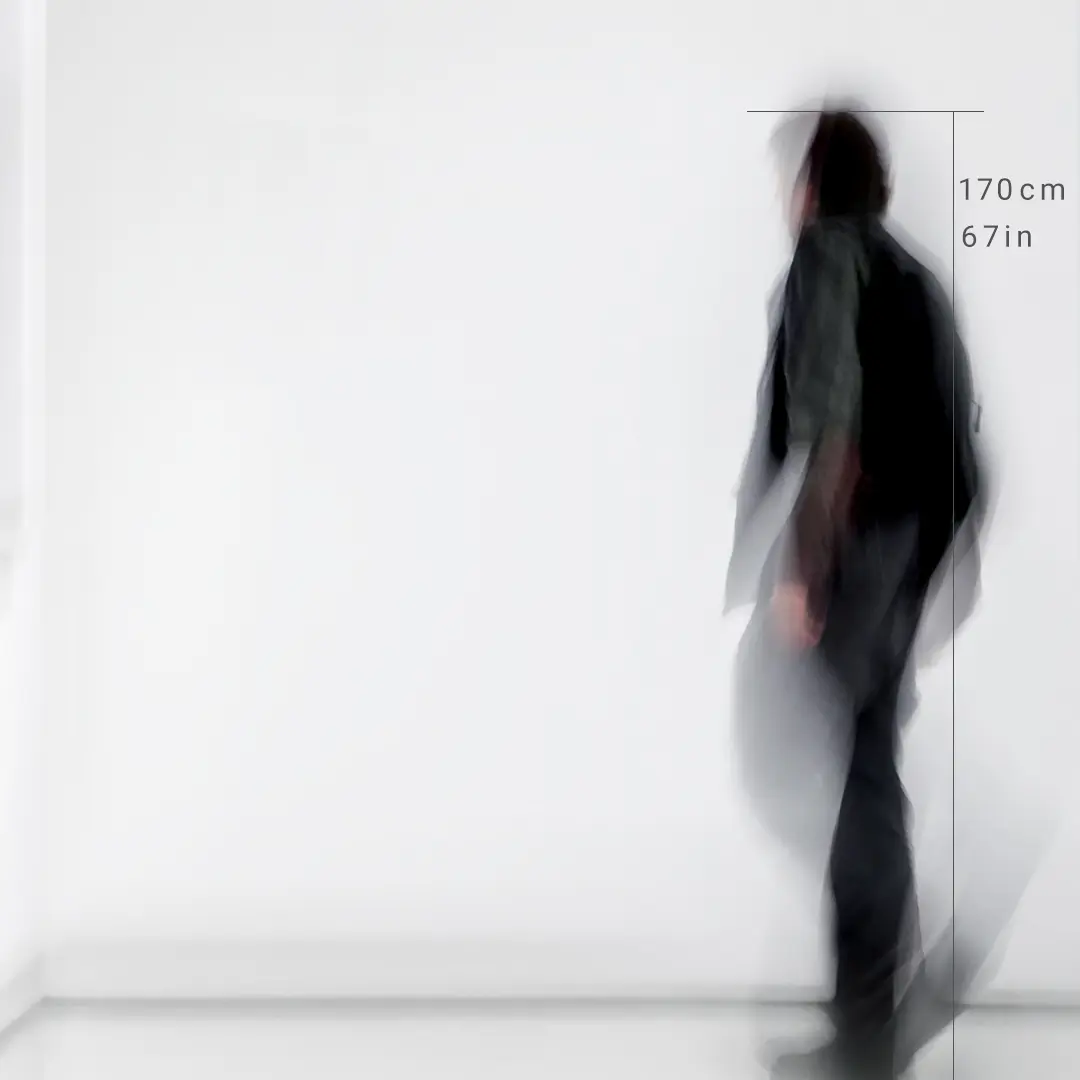
Exhibition: 蟷螂子「KAIJU-目醒め-」
9s Gallery is pleased to present "KAIJU - Awakening", a solo exhibition by Mantisuko from February 14 (Fri) to February 22 (Sat), 2025. Mantis in tokyo #12 "Reconstruction of Beauty Paintings"...
Follow TRiCERA on Instagram and check out our creative artists
5%OFF & free shipping 1st purchase
FIRSTART5
10%OFF 2nd purchase after 1st purchase!
Welcome to TRiCERA
Hi there! We are pleased to have you here 🎉
Could you please describe yourself?
Guest

















Art Prints/ Multiples/ Digital
Limited Edition 5
2023
Artists' printed signature
Unframed
Upon first encounter, the viewer may be perplexed as to why this work is called “mother.”
The viewer can see a young Asian woman in the center of the work. It is surprising that she’s holding in her hand a squirrel. So initially, we have two mysteries to solve to fully appreciate the piece.
It is only after the viewer realizes that the blue cloud or shadow behind the young woman is the memory of the woman’s deceased mother that the painting takes on its full meaning.
One of the thematic elements in the painting that assists in its thematic interpretation is the many fallen autumn leaves, which suggest the passing of time and also, as part of the natural process, life must include death. The death that is relevant in this case is the passing away of the young lady’s mother. The many tumbling cubes on both sides of the painting represent fragment's of the woman's memory.
The reason she’s holding a squirrel is it is a symbol of what the artist wants to suggest about the situation envisioned. A squirrel will find and hide away nuts to allow it to survive a long, harsh, cold winter. Eventually, the squirrel must eat through its entire store of nuts in order to survive and make it to spring.
In a similar way, the young lady sustained by the memory of her mother must eventually step away from that memory to live in her own light in order to be a robust and mentally resilient individual. So this work was created to thematically suggest the process of gradually putting aside our most cherished memories in order to allow further emotional growth by being open to new experiences and relationships.
Eventually this were all must eat or dispose of the knots in order to survive and make it to spring. And in the same way, the young lady who has been sustained by the memory of her mother must eventually go away from that memory, live in our own light in order to be a strong, healthy individual. That's what this painting, this work was created to suggest.
Canada
Graphic arts stands in the middle of photography, painting, and language. It borrows from all three, but what gifts does it give back? About cinema, Fellini suggested that if you are moved by a particular film, you don't need an explanation. And if you are not spellbound, no explanation can suffice.
Skyler's approach to his work is mysterious in the same way. He draws from different painting traditions and uses his own photographs, acrylic, oil, pastels and digital painting to create an aesthetic experience with humor, wonder, and social commentary.
The artist often creates digital paintings in the magic realism tradition to catch and sustain the viewer's attention. He intends each work to be crafted carefully and, hopefully, resonate on a semantic level. Moving pixels around the screen to combine digital art and painting, there is much to enjoy and ponder!
A representative work is "Bellflower, Love Awaited," a graphic art composition with fine paint stroke detailing. The composition size is A3.
Bellflowers are common all over the Northern Hemisphere. Accordingly, the flowers can be found in Japan, where the artist lives, but the flower is also widespread in Europe and North America.
The flower usually has a symbolic association with gratitude, constancy, support, or romance. As such, Skyler uses the image as a motif to pay tribute to all those who hold on to their love, even when the loved one is far away in place or time.
Select a frame

This is an automatically generated plot image. If may differ slightly from the actual product.
※A separate fee will be added for each delivery country.
Select a frame
9s Gallery is pleased to present "KAIJU - Awakening", a solo exhibition by Mantisuko from February 14 (Fri) to February 22 (Sat), 2025. Mantis in tokyo #12 "Reconstruction of Beauty Paintings"...
9s Gallery is pleased to announce the solo exhibition of Karin Hosono, titled “Karin Hosono Solo Exhibition - arakawa - Overflowing”, which will be held from September 21 (Sat.) to September 29 (Sun.), 2024.
9s Gallery is pleased to present Hiroki Takeda's solo exhibition "Ideal Life - Illusion of Symbiosis" from Saturday, 7/27/2024 to Sunday, 8/4/2024. Hiroki Takeda's work is based on the ideal of symbiosis between life and ...
Many people would like to decorate their living rooms with beautiful paintings. But at the same time, there are many people who wonder, "What kind of picture should I hang in my living room?" I think there are many people who are troubled with this question...


.jpg&w=400&output=jpg&q=70)

